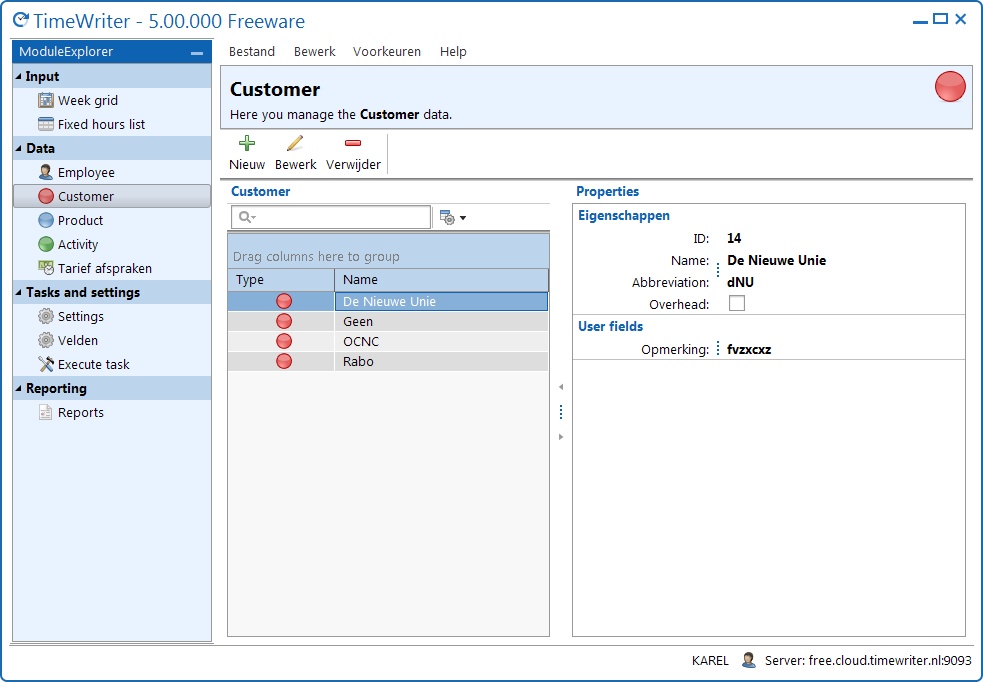

Employee time tracking is an essential consideration no matter how large or small your business might be, and no matter what industry or niche you might serve. If you’re not able to accurately track employee time, you’ll lose profitability, and encounter many other problems. If you’re struggling to track employee time, here are three essential tips to change the situation.

We’ll start with the most basic. If you’re still using a time clock or punch card system, or relying on a basic timer to track hours logged, you need to change things. Employee time tracking software can provide you with many benefits, including greater accuracy, access to in-depth reports and important information, and scheduling capabilities to name just a few.
One reason your employees might fail to track their time accurately is that they don’t understand why it matters. This is particularly true for salaried employees – if they’re not being paid hourly, why should they bother logging their time? Explain why tracking their time per project, per product or per client is important. Highlight the data that this type of tracking provides to your business, and why it’s valuable.
It’s important that your employee time tracking solution be capable of separating time tracked into different categories. This allows you to hone in on areas where too much time is being spent, items that could be omitted entirely, and other ways to streamline your operations.
Follow these three basic employee time tracking tips and you’ll find that your business runs more smoothly, and that your success increases. If you’re ready to learn more about time tracking software, we invite you to get in touch with us at XSO.